Felista Gor charts out the top three areas in which artificial intelligence is being set forth to hone and perfect athletic performance
All aspects of life have been influenced by artificial intelligence and sports is no different. From performance analysis to scouting and recruiting, the future of sports is being transformed and filled with digital innovations. Whether you are a professional player, or an amateur, artificial intelligence can improve your game and your team’s success in sports.
In this post, we will talk about ways artificial intelligence is being used in sports.
1. Personalized training and diet plan
A team’s success depends on the nutrition that fuels them to step on the pitch. The LaLiga Santander football club Granada CF has a clear understanding of how vital nutrition is to their performance and therefore has collaborated with the University of Granada and Tabalu to use artificial intelligence to automate nutritional planning for sports to shape players’ diets.
Over the past few years, the club has incorporated biomechanical and body composition analyses that help them build a detailed database with information about each player. By keeping metrics such as weight, body fat percentage, skin and muscle mass, and intracellular and extracellular fluid, Granada CF uses this information to calculate what and when their players should be consuming. Granada CF in conjunction with the University of Granada has developed an artificial intelligence innovative app called Readiness Soccer that helps the club track and monitor their players.

Food tech companies are also working with football clubs to prepare all meals, those consumed at the club’s facilities, and those taken at home. Working with the club doctors and the available technology, the club develops specific plans for each player and uses artificial intelligence to automate processes, find patterns and efficiently plan diets.
Athletes from different sports backgrounds are increasingly using apps like FoodVisor that use object recognition to help identify more than 1200 types of food, estimate the amount, and produce a quick report on the nutritional breakdown specific to a player’s needs. These AI-assisted fitness apps also utilize computer vision techniques that perform human pose estimation in real-time and provide players with guidance on how to exercise the right way.
The ability of AI to analyze which diets have the lowest risk with the highest effectiveness opens the door to highly personalized nutrition for players in different sports. In addition, the rising access to data will enable scientists to create better models that will improve diet plans while maximizing fitness and performance of players.
a. Player performance analysis
Performance analysis is a discipline that provides coaches with objective information that helps them understand performance. Performance analysis is crucial in understanding where players are excelling and failing and areas that need improvement.
Traditionally, coaches’ decisions were made based on their acquired wisdom through years of experience in sports. What started as shorthand notations with pen and paper has evolved into advanced computerized systems and technologies that collect a vast amount of performance-related data, such as qualitative data, acceleration, speed of players, and video sequences to allow for more-detailed performance evaluation.
Recently, the Cornell Laboratory for Intelligent Systems and Controls has developed an algorithm that can predict the in-game actions of volleyball players by 80% accuracy. The algorithm combines visual data, for example, where an athlete is located on the court and information regarding an athlete’s specific role in the team. Coaches can analyze this data to better prepare for competition by training players using existing game footage of an opponent thereby gaining competitive advantage. Basketball teams have also mastered the benefits that AI brings and are using a computer vision-based app called HomeCourt. It helps players analyze their basketball skills by tracking their performance including their shooting statistics.
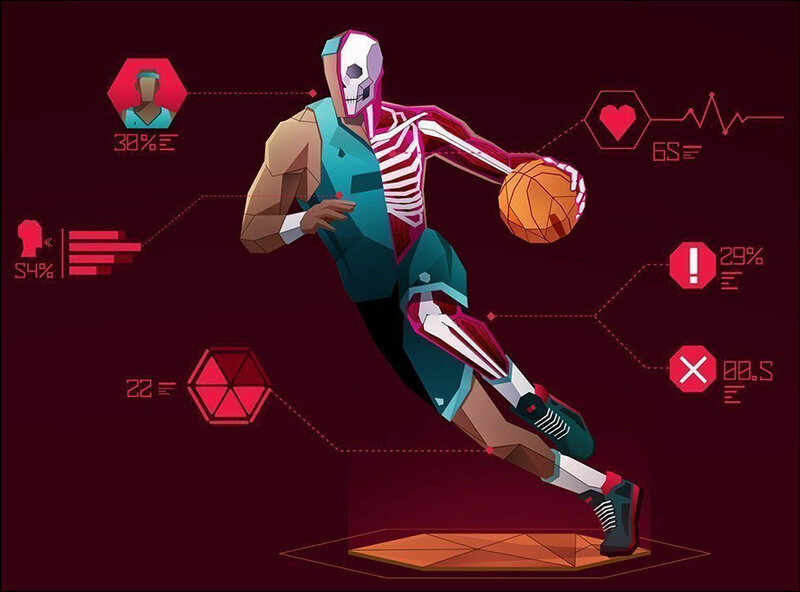
Technology is availing data to coaches through AI powered platforms to help them obtain quick insights into areas that require work and attention and understand and foresee the opposition’s strengths and weaknesses to enable their players improve on skills that would aid them to outperform their opposition. It is influencing better decision making of coaches on tactical choices and squad selection to help their players and teams better exploit the opposition’s weaknesses and overcome the opposition’s strengths.
2. Scouting and recruiting of players
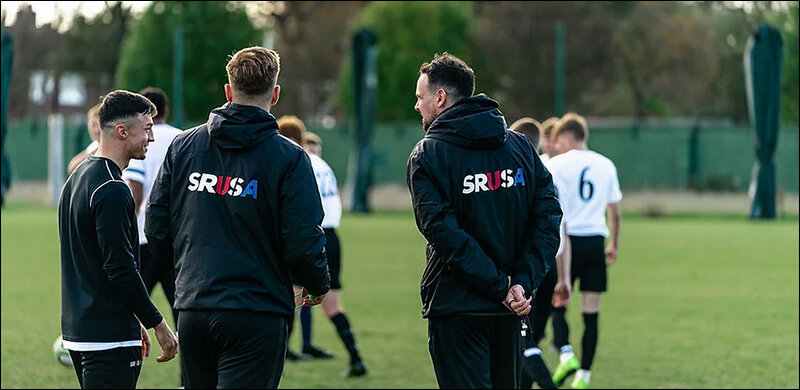
Yearly, recruiting agencies look out for promising youngsters who can be the next superstar. Inevitably, most of these prodigies end up becoming squad players or worse – irrelevant. However, the amalgamation of technology and sports opens new avenues for talent identification.
Today, AI technologies like computer vision help recruiting agencies to analyze players’ movements on the ground, and machine learning algorithms to predict skill levels, attacking and defending attributes, and overall player performance.
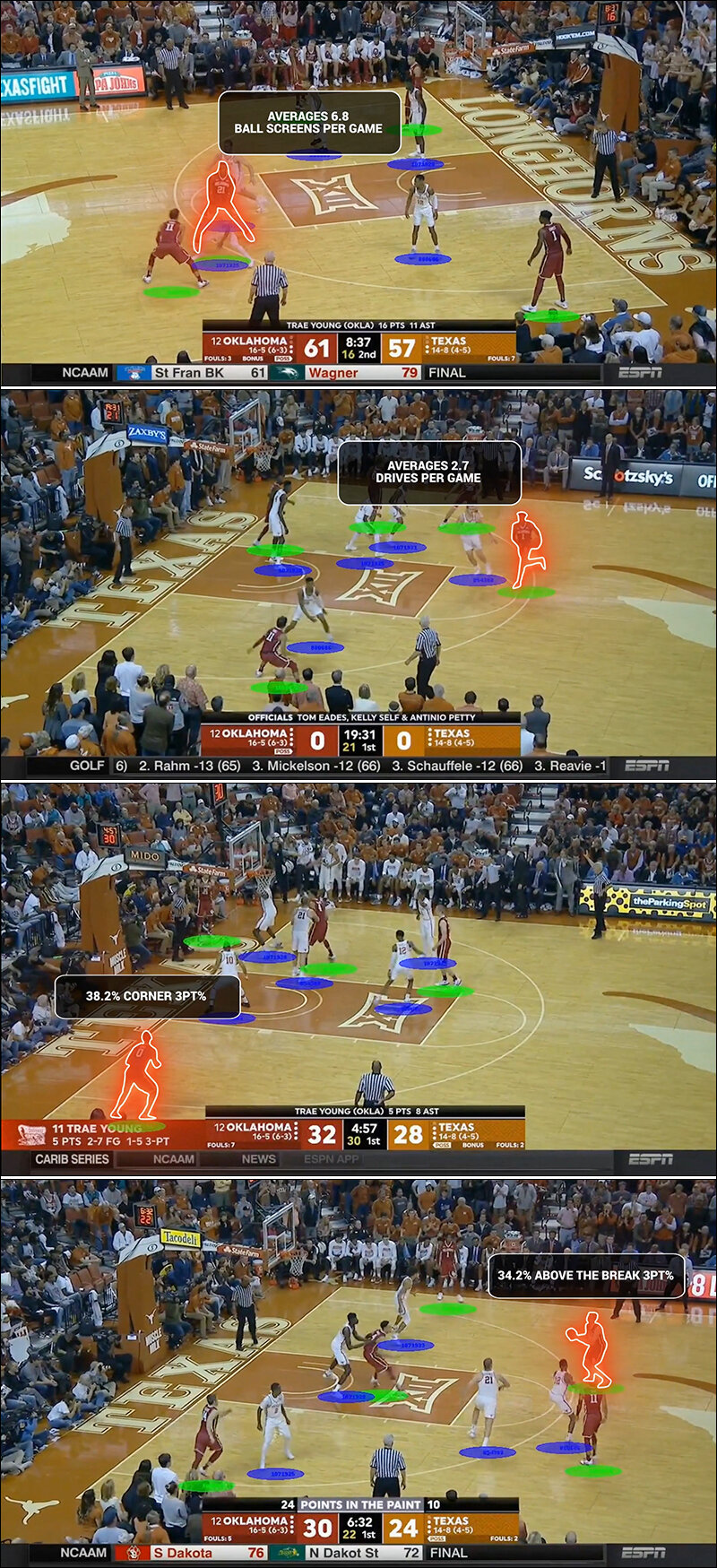
Machine learning algorithms also help scouts to better understand the strengths and weaknesses of each player and highlight areas that need attention. AutoStats – a computer vision technology powered by AI – leverages body recognition tech to generate comprehensive basketball tracking data that highlights the attributes and playing styles of future NBA prospects, creating a player catalog for easy prospecting, and recruiting. In baseball and cricket, AI allows scouts to gather data on players, including average hitting speed, hitting angle, and throwing speed which gives them an overview of potential players.
Going forward, AI will contribute towards making recruitment process swift and efficient and reduce biases during recruitments such as rejections based on a player’s ethnic or social backgrounds through objective screening and evaluation of players. By learning player attributes using AI, scouts and coaches will gain clarity on the players that meet their selection criteria, player’s best position on the pitch and allow them to run training programs to make players adapt and improvise.
Conclusion
It is hard to doubt the power of AI, seeing how much it has brought to the biggest industries in the world. Sports is no exception. Artificial Intelligence is slowly but surely making its headway in the sports industry, boosting the competitiveness of teams and players by a large margin. With such a broad range of applications, the whole sports sector will inevitably look to use AI leading to further advancements and better outcomes.
In case you missed:
- None Found

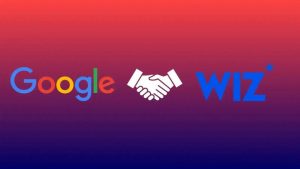

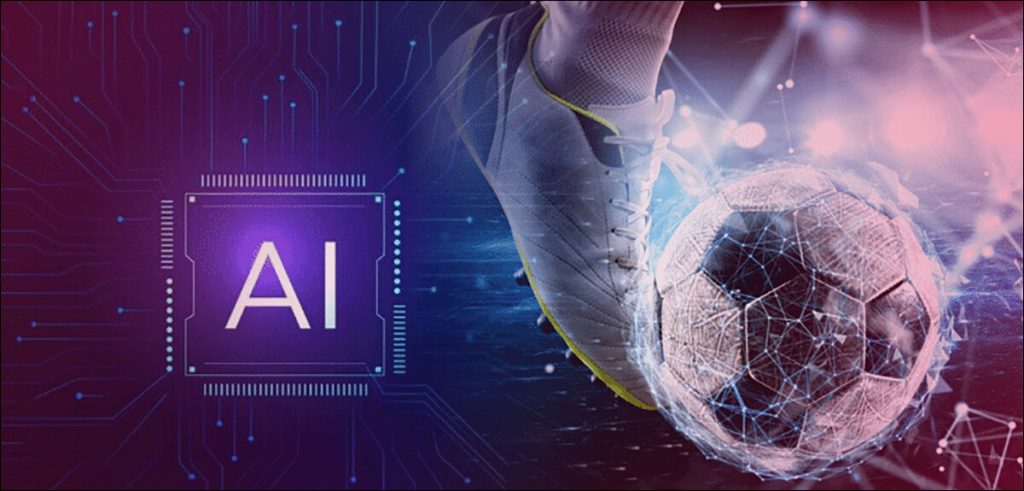


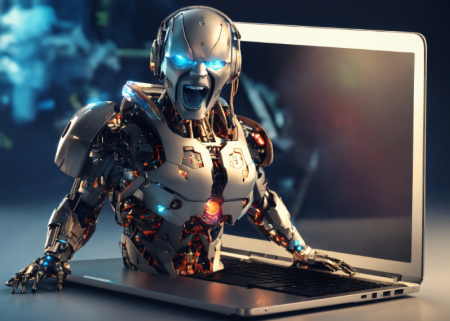


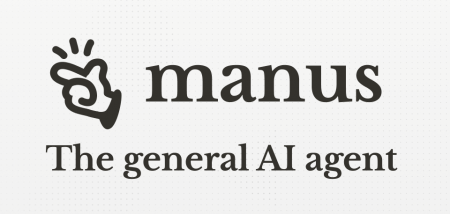
7 Comments
Good article.
Awesome work
This article is very good…….
Worth reading
This is very recommendable as the sporting world is aiming to take the whole game a notch higher and get desired outcome with ease.
Very informative and precise,good job…
A really great article